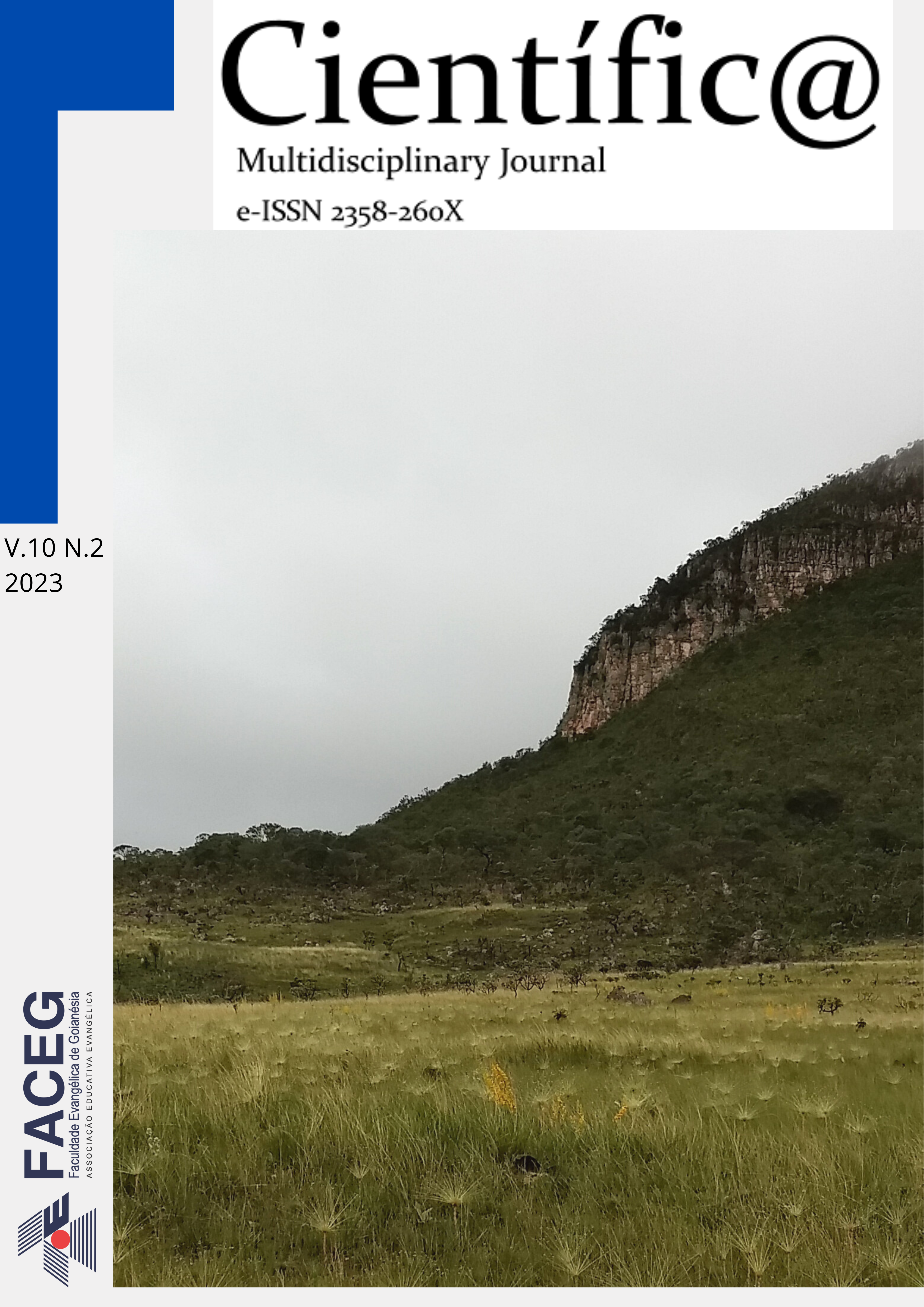LIMITED COMPANY: EQUITY AUTONOMY AND CONDUCTS THAT ALLOW THE EXCLUSION OF A MEMBER
DOI:
https://doi.org/10.37951/2358-260X.2023v10i2.6967Abstract
This article aims to study the current discipline of partial dissolution in limited companies, based on the exclusion of partners in Brazilian law, in view of the impact of Law No. 10,406, of January 10, 2002, and amendments with the declaration of rights of economic freedom and free market guarantees. It was important to analyze the normative treatment that the Judiciary of the State of Goiás has used to define the motivating hypotheses for the removal of a quotaholder, since it is already pacified by the doctrine and jurisprudence that the mere breach of the affectio societatis is not enough to justify the exclusion of a partner, being necessary just cause, characterized by serious conduct that directly impairs the continuity of social activity. The production was guided by dialectical and hypothetical deductive methods, qualitative research methodology and techniques of studies in primary and secondary sources, also bibliographic of law, which allowed analysis and interpretation of laws, doctrines, and recent judgments. The study showed that in the absence of an exhaustive list to verify actions that impair the regular continuation of business activity, it is necessary to investigate evidence that can give security in decisions and, thus, investigate conduct such as lack of cooperation and loyalty, abandonment of society and reckless management, non-compliance with obligations and lack of accountability, etc., may cause serious violation of social duties that justify the exclusion of a particular investor, which generates serious conflicts in order to make the business unviable and prevent business longevity.
Downloads
Published
How to Cite
Issue
Section
License
Esta revista oferece acesso livre imediato ao seu conteúdo, seguindo o princípio de que disponibilizar gratuitamente o conhecimento científico ao público proporciona maior democratização mundial do conhecimento.
A partir da publicação realizada na revista os autores possuem copyright e direitos de publicação de seus artigos sem restrições.
A Revista Científic@ - Multidisciplinary Journal segue os preceitos legais da licença Creative Commons - Atribuição-NãoComercial 4.0 Internacional. 

